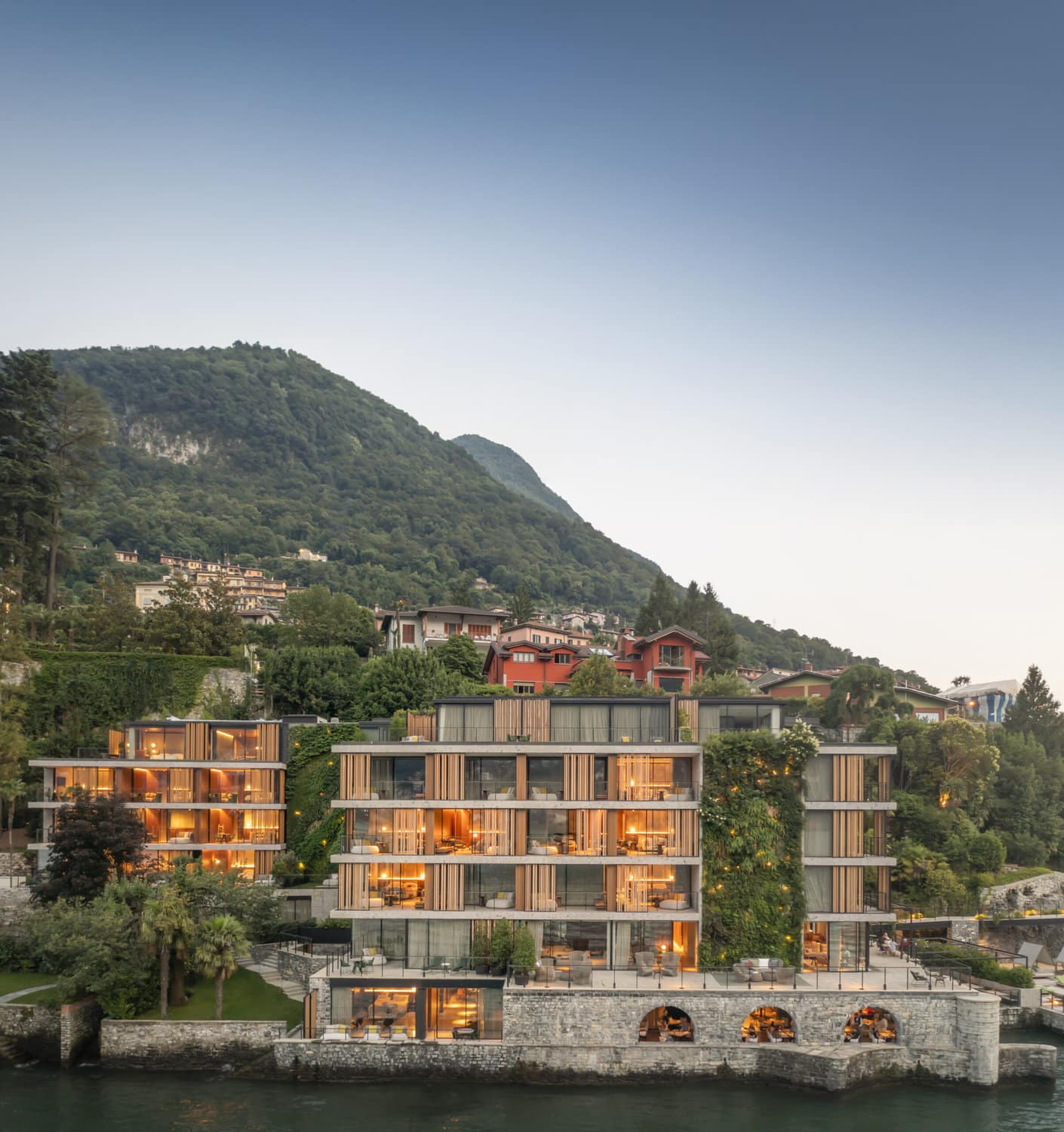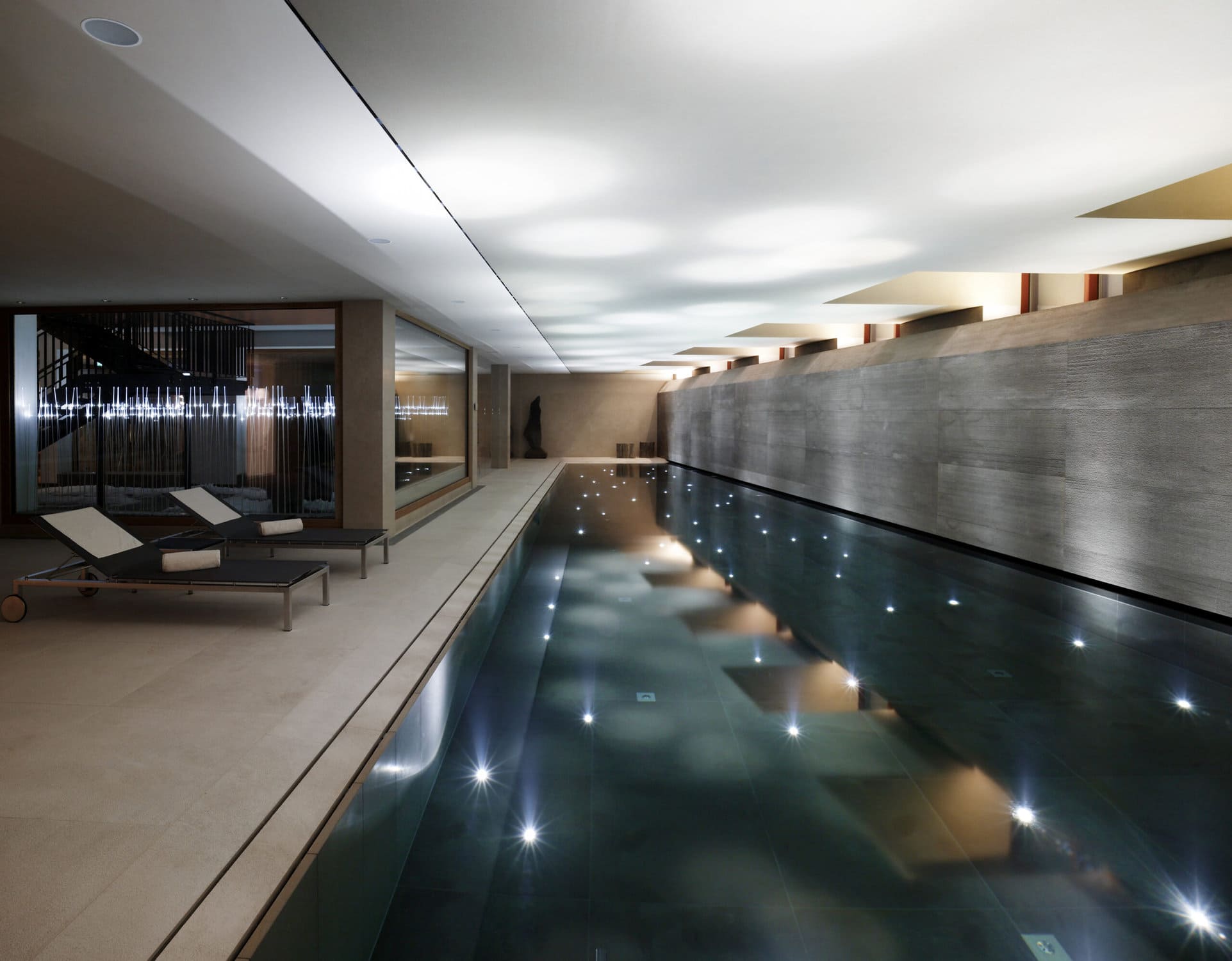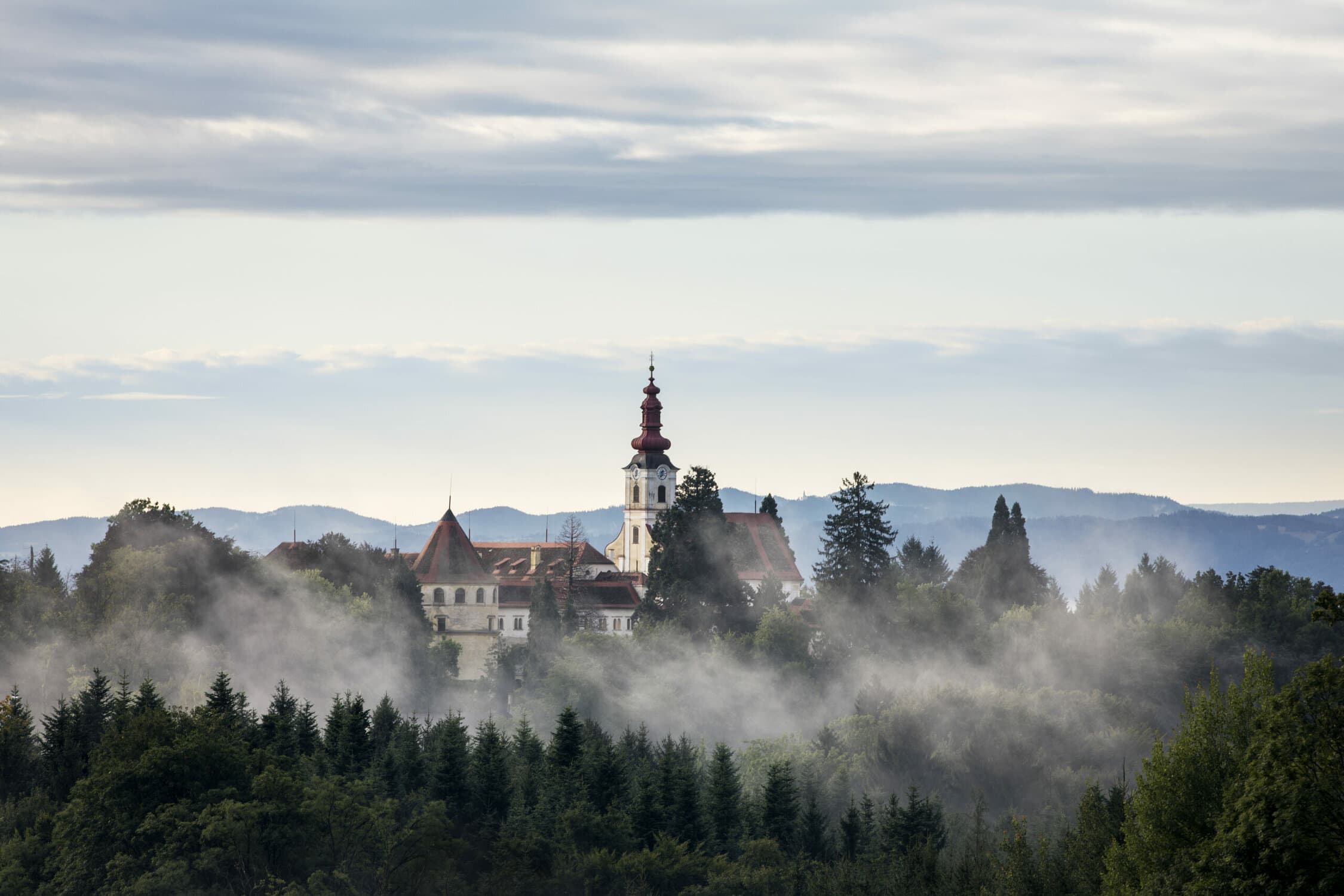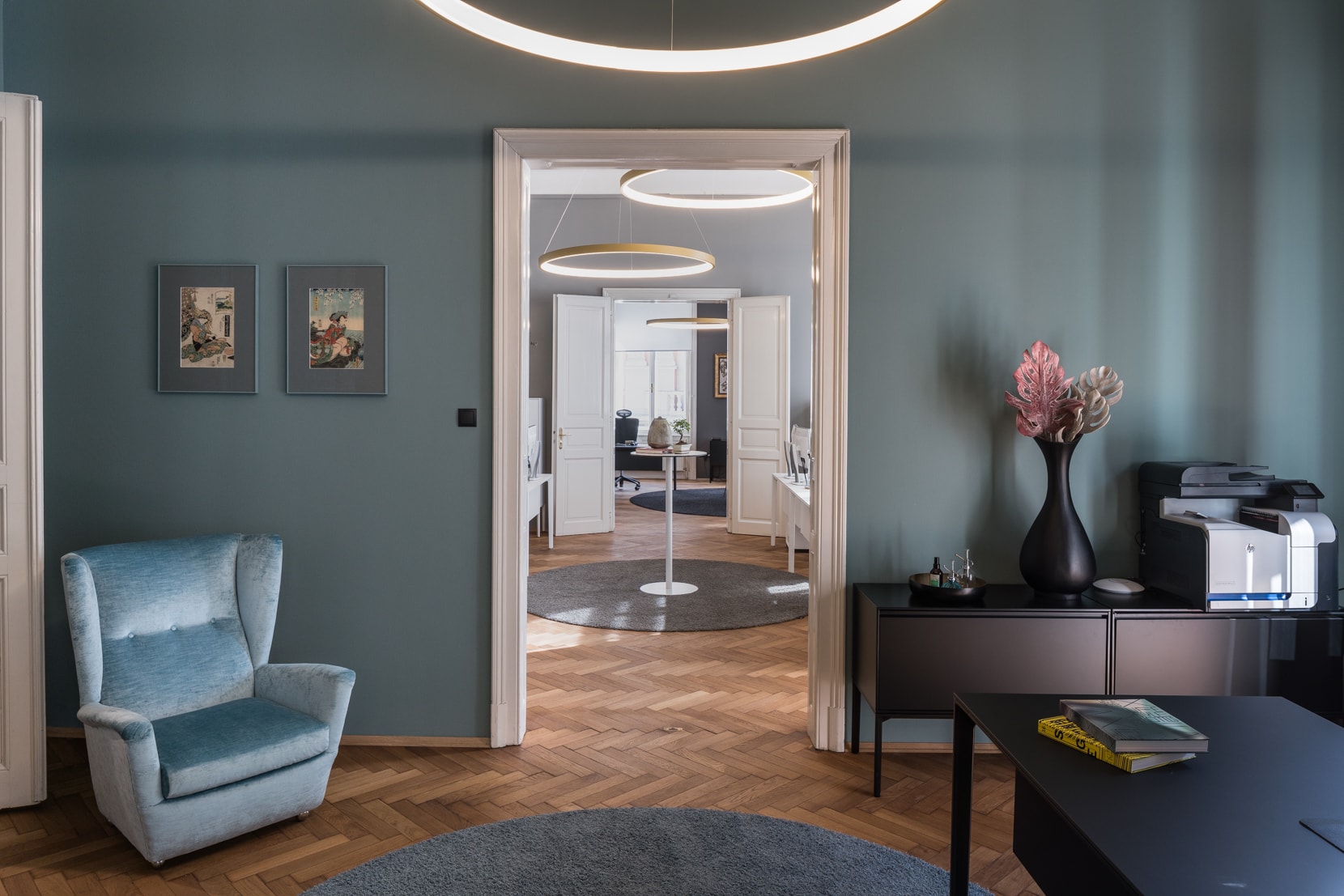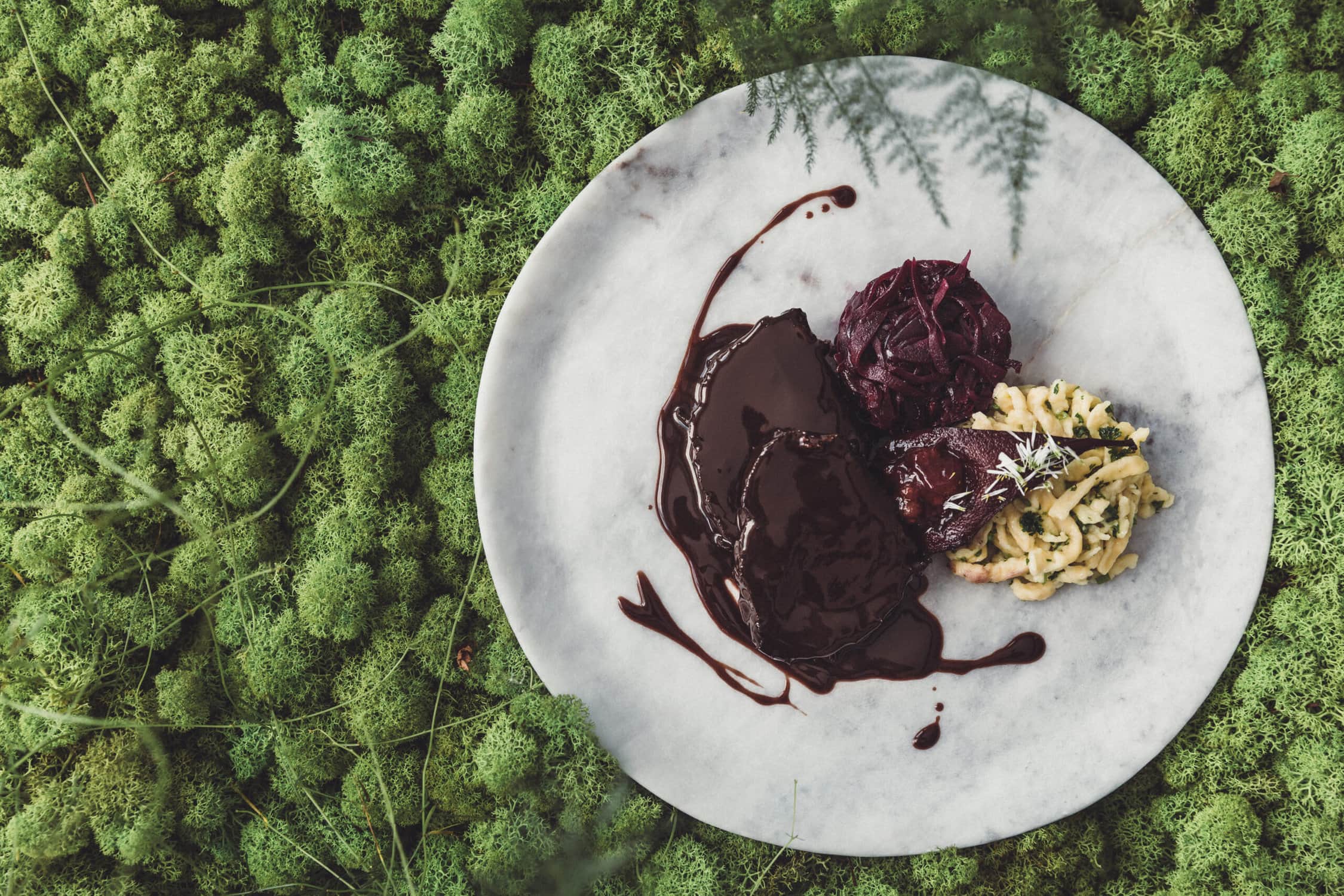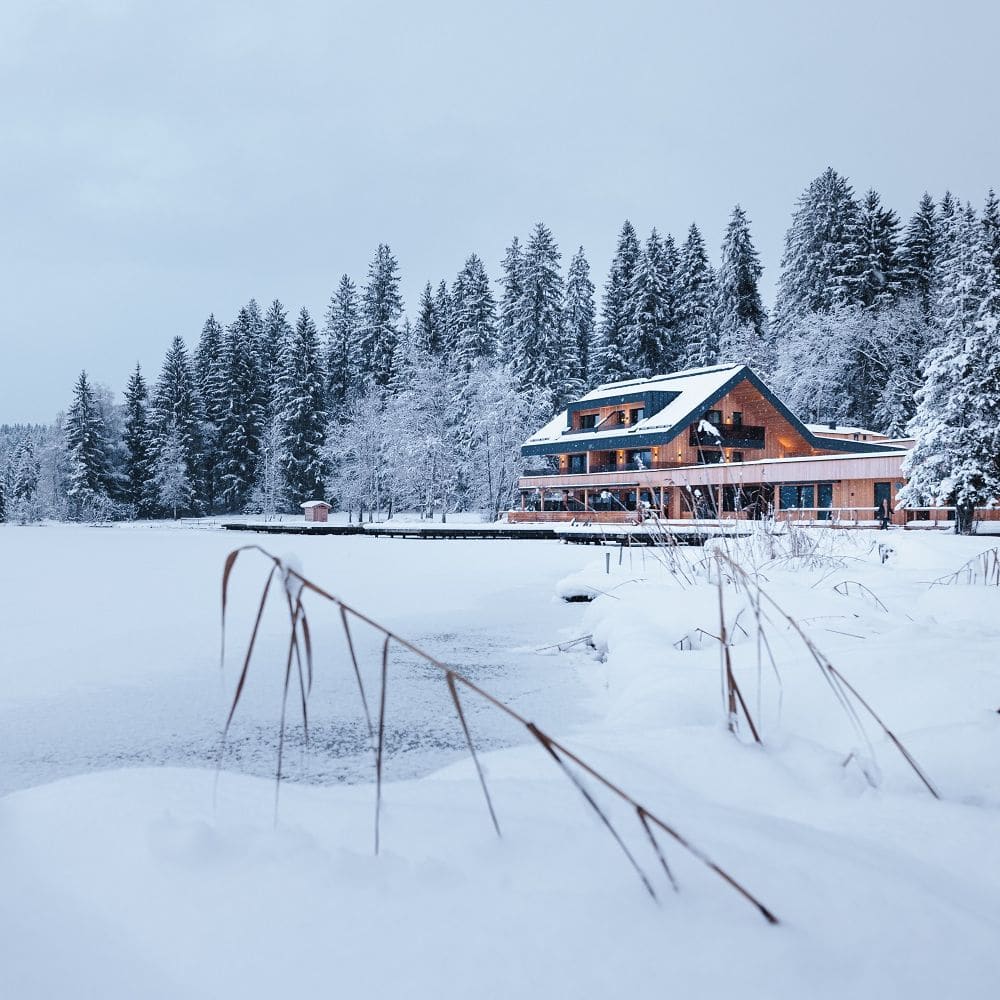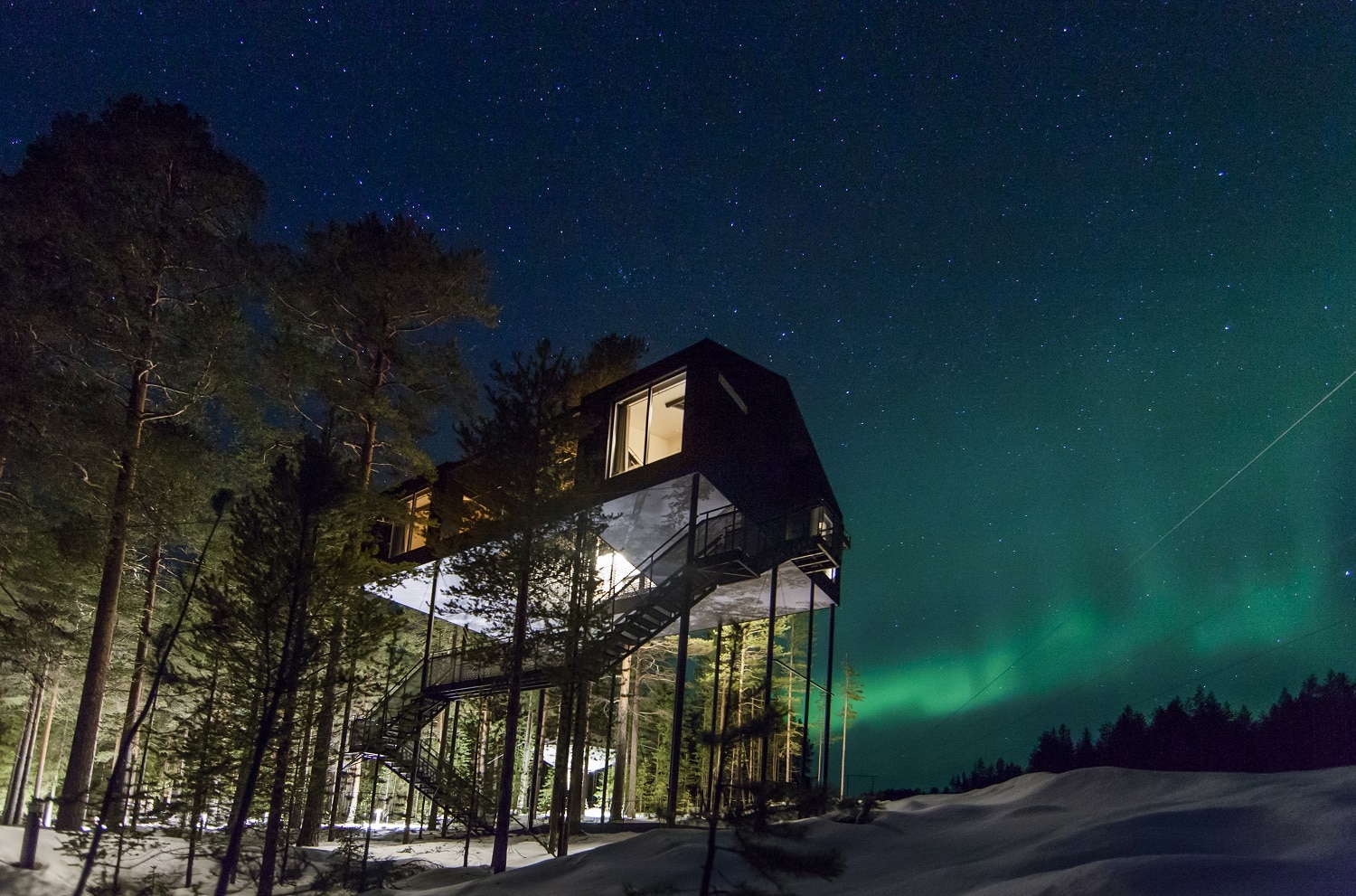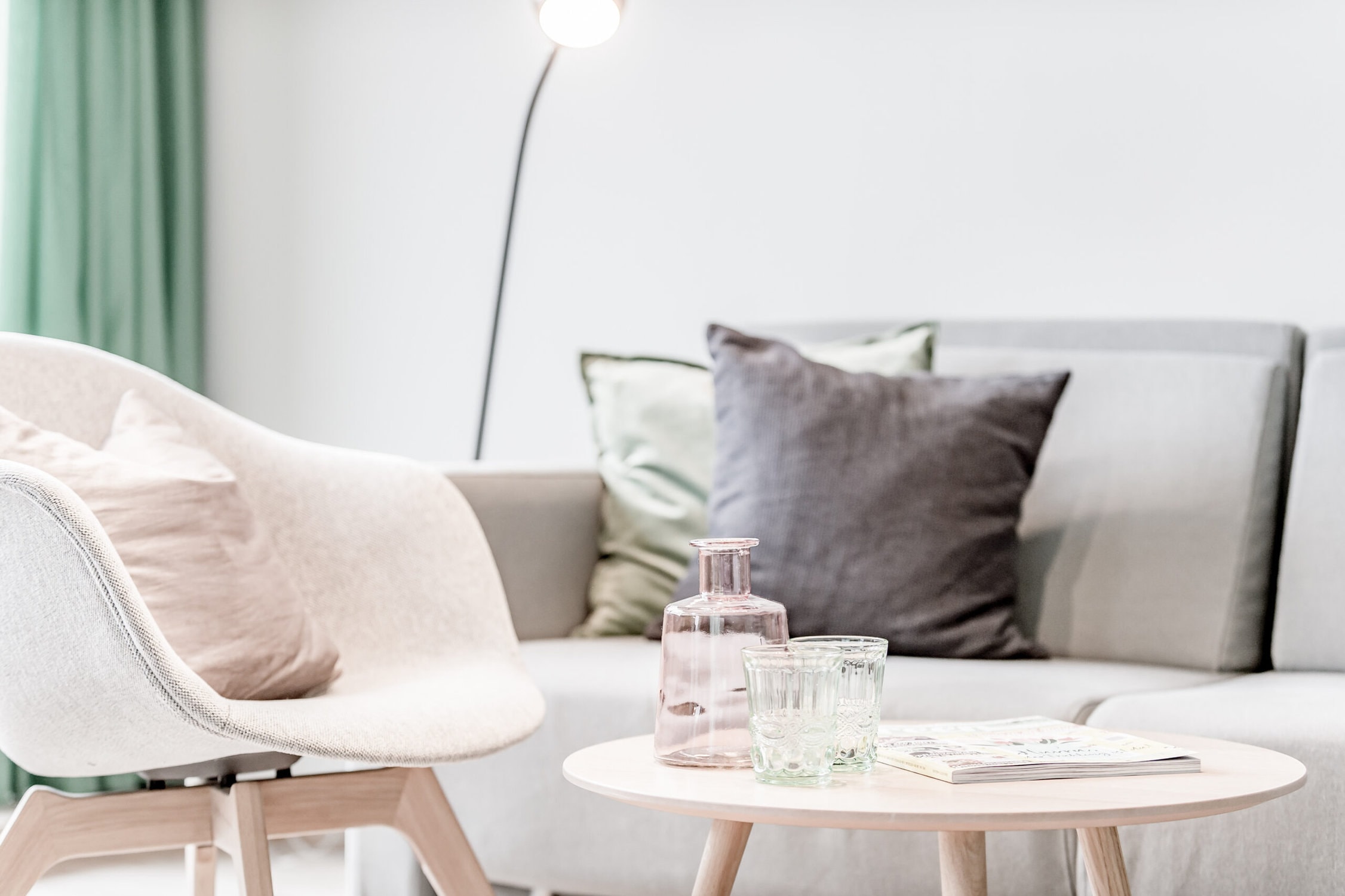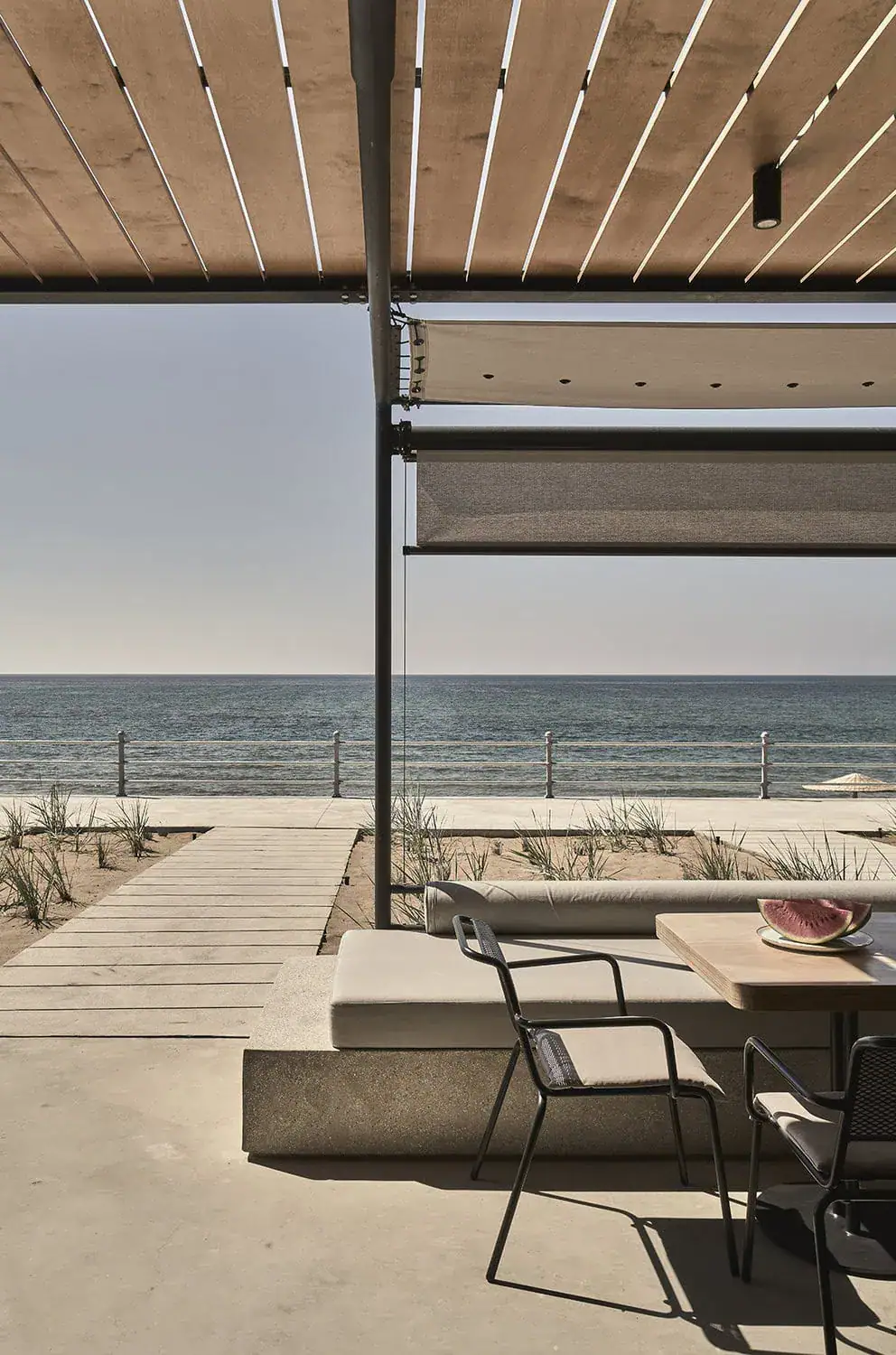PLAY NOW - 16 APRIL: Andaz Amsterdam Prinsengracht was formerly the Public Library and is now one of the most creative five star luxury-lifestyle hotels in the city. A stay at Andaz Amsterdam is a dream for every design lover looking for an unforgettable local experience. Win an exclusive 3-night stay in a Canal View Room with breakfast included ...
610 results for
design hotel
Patricia Urquiola chose for the hotel a design in the typical Italian style of the fifties. Luxurious understatement and indulgent dolce vita await guests in absolute privacy.
Aurelio Hotel & Chalet receives award World Ski Award in the category "World's Best Ski Boutique Hotel 2021".
Schloss Hollenegg's mission is to support young, emerging designers in order to create space for design research, thinking and criticism. Schloss Hollenegg for Design offers one of the few residency programs aimed specifically at designers and organizes exhibitions, workshops and symposia around the theme of design.
·
PLAY NOW - 15 APRIL: Win one of 5 Lifestylehotels™ Coffeetable Books and discover on 400 pages all 92 extraordinary Lifestylehotels from 14 countries. They are hotels that revolve around good ideas, outstanding experiences, attentive staff and above all people, who are passionate about what they do ...
In an old building in the centre of Graz, amid the urban hustle and bustle, you’ll find the headquarters of Lifestylehotels, where Robert Eisenberger from INSIDE Einrichtungen gave the innovative company the space to make a discreet style statement.
Quadrodesign tells its philosophy to protect the environment, through the creation of a Corporate Forest.
Quadrodesign, chosen by four well-known Milanese architecture and interior design studios, are the protagonists of the competition for the restyling of the dressing rooms of the Arcimboldi Theatre.
And it's this art of enjoyment that you'll find at the Nesslerhof – in the sauna, the rooms, the spa and the restaurant. The team at the Nesslerhof has made it their aim to turn a necessity into a pleasure, be it the necessity for relaxation, nature or nourishment for the body and soul.
Vacation like in former times, only differently. More modern. More exclusive. And with more pampering: both visually and emotionally. This is what awaits us at the Alpenhotel Kitzbühel on the natural Moorsee lake not far from the legendary ski circus.
The beautiful colors of autumn and the dawning light of the north - these are, among other things, the soothing ingredients of the Treehotel.
Hunting trophies on wood-panelled walls? Not at the dasMAX. The lifestyle hotel in Seefeld impresses guests with sleek, urban design amidst the Tyrolean mountains.


